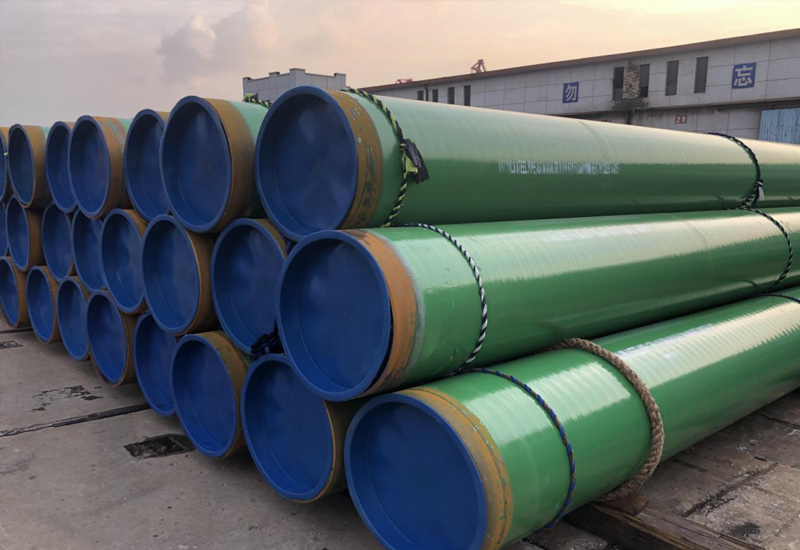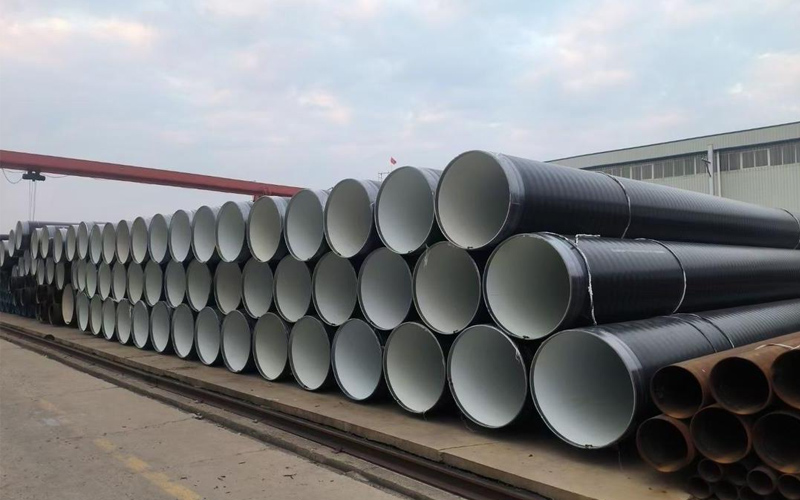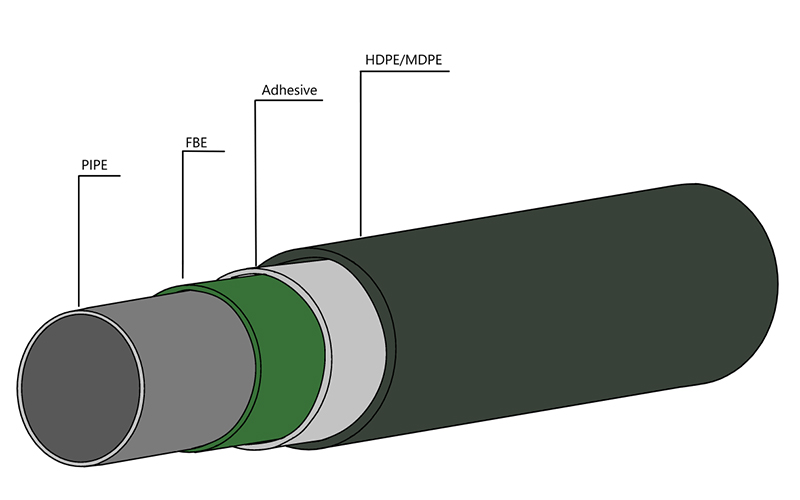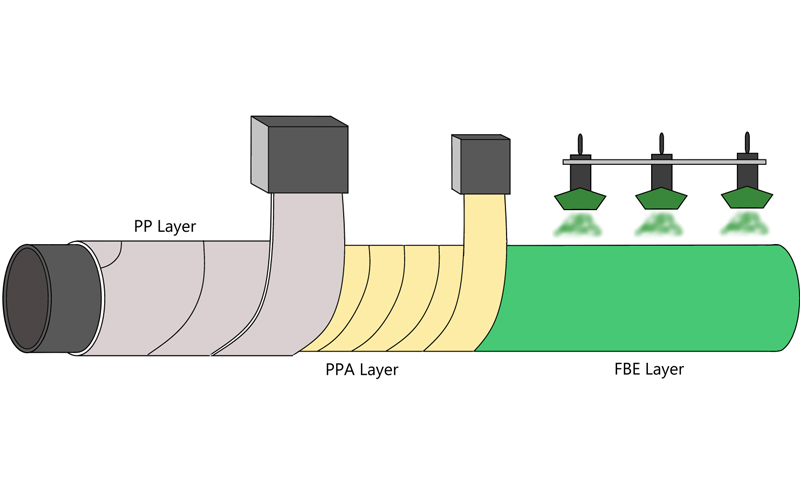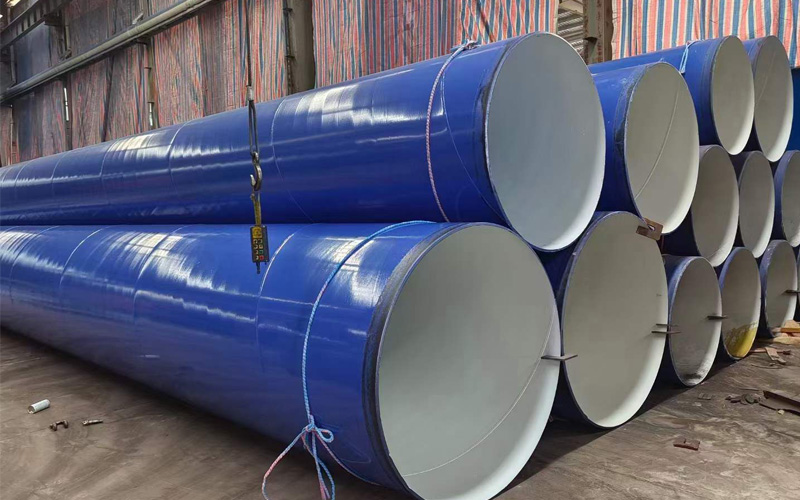How to Read Steel Pipe Markings: A Traceability Guide
In the steel industry, every steel pipe has a specific mission. Whether it is ultimately used for transporting oil and gas, high-pressure boilers, chemical plants, or municipal construction, the most crucial question remains: Who is this pipe? Where does it come from? Can it meet my requirements?
The laser marking on the surface of the steel pipe is its “ID Card”. These markings are not random characters but contain key information such as the manufacturer, material, execution standard, size, furnace number, batch number, etc. By understanding the laser code, you can quickly determine the source, performance, and whether it meets the project requirements. This article will analyze the common markings item by item to help you grasp the key points of traceability for steel pipes.
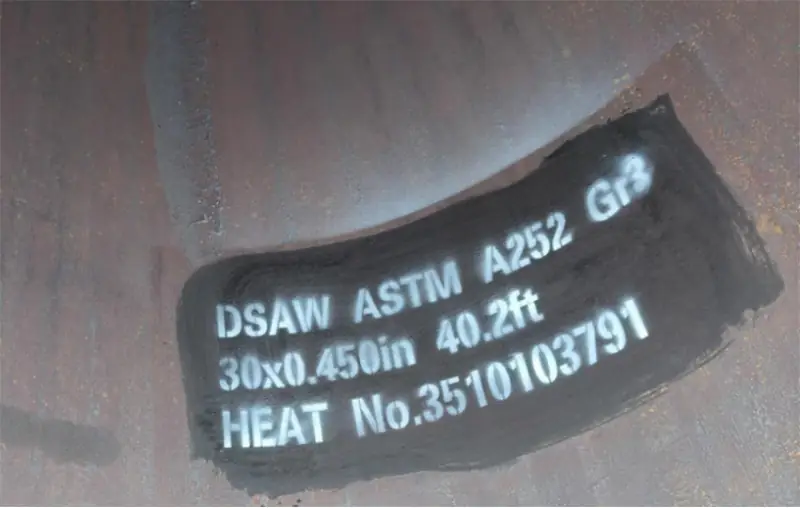
Common Laser Marking Guide
Steel pipe laser codes are usually arranged according to international or industry standards, and the content may vary slightly depending on the application field (such as oil pipelines, boiler pipes, structural pipes, etc.), but the core information is generally the same. Here are the common components and interpretation methods:
1. Manufacturer or Factory Code / Customer code
Example: ALLLAND STEEL PIPE
This part represents the enterprise or factory that produces the steel pipe. Some use the English abbreviation of the enterprise, and some use an internal code.
The purpose is to clarify the production responsibility, and customers can directly trace back to the manufacturer through the code.
Meaning: Choosing steel pipes from well-known large manufacturers usually means more stable quality assurance and better after-sales service.
2. Execution Standards, Steel Grade / Material Grade
Example: ASTM A252 GR.3
ASTM A252 GR.3: Structural steel pipe for pile foundation engineering, featuring high strength and rigidity.
Meaning: Directly determines the performance of the steel pipe, including pressure-bearing capacity, welding performance and corrosion resistance.
importance: The requirements for testing, chemical composition, and mechanical properties specified by different standards vary significantly, directly affecting whether the steel pipes meet the specifications of the importing country or the project.
3. Dimension Information
Example: OD762×WT12.2×L12000
OD: Outer Diameter 762mm.
WT: Wall Thickness 12.2mm.
L: Length 12000mm (i.e. 12 meters).
Sometimes it is abbreviated as 114×10×12000.
Meaning: Determines the suitability of the steel pipe in the project, such as the pressure-bearing area, welding method and container loading calculation.
4. Heat Number
Example: HEAT NO. 3510103791
The heat number is the sequence number of the furnace during the smelting process and is the most crucial traceability identifier for steel pipes. Through the heat number, customers can query the chemical composition, mechanical properties, and other test results of the steel from that furnace run.
Significance: When a quality issue occurs in the project, the heat number is the sole basis for tracing the cause.
5. Batch Number / Warranty Number (Lot No. / MTC No.)
Example: LOT NO. 2004310608 – 20043B0511
The batch number usually corresponds to the factory’s warranty certificate (Mill Test Certificate, MTC).
The MTC is the “report card” of the steel pipe, including chemical composition, mechanical properties, and process inspection results.
Meaning: After the customer receives the steel pipe, they can match the batch number with the warranty certificate to ensure that the goods are consistent with the documents.
6. Special Equipment Manufacturing License Number
Example: TS2710J08-2021
In critical fields such as boilers and pressure vessels, only factories that have obtained the relevant licenses can produce.
The license number indicates that the manufacturer has the necessary qualifications and complies with national safety supervision requirements.
Importance: This is often checked during project acceptance, especially in the power, chemical, and petroleum industries.
7. Additional Markings
PSL1/PSL2: In API 5L, these represent the quality grade. PSL2 requires stricter standards.
NACE MR0175: Indicates that the steel pipe is suitable for environments resistant to hydrogen sulfide.
Heat Treatment (such as N, Q, T): Indicates the heat treatment status: normalizing (N), quenching (Q), and tempering (T).
Meaning: These additional markings can assist users in determining whether the steel pipe can be used in specific conditions.
Why is traceability important for your project?
1. Quality Assurance
The furnace number and batch number are the core of the traceability of steel pipes. Through them, users can track the smelting furnace number and inspection results of each steel pipe, ensuring that the material meets the design requirements.
2. Risk Management
In large projects, once there is a material non-compliance or accident, the traceability identification can help quickly identify the source of the problem, avoid the scrapping of the entire batch of products, and reduce losses.
3. Meeting International Procurement Requirements
Many international projects require suppliers to provide records that correspond one-to-one between the furnace number and MTC. If these information is lacking, the materials often cannot pass the third-party acceptance.
4. Regulations and Compliance
For special equipment such as boilers and pressure pipelines, the completeness of the marking is not only a quality issue but also a legal requirement. Steel pipes without a legal qualification number cannot enter the project site.
Example: The complete inkjet printing on a boiler pipe
“SEAMLESS STEEL PIPE 20G GB/T5310-2017 OD114×WT10 HEAT NO. 20602276 LOT NO.2004310608-20043B0511 TS2710J08-2021”
Interpretation:
20G: The material is high-quality carbon structural steel.
GB/T5310-2017: Follows the national standard “High-pressure Boiler Seamless Steel Pipes”.
OD114×WT10: Outer diameter 114mm, wall thickness 10mm.
HEAT NO.20602276: Smelting furnace number, allowing traceability of chemical composition and test data.
LOT NO.2004310608-20043B0511: Batch number, corresponding to the quality guarantee certificate number.
TS2710J08-2021: The factory has the qualification for manufacturing special equipment.
This string of barcodes almost covers all the core information required by the user.
Conclusion – Understanding Your Product, Ensuring Quality
Steel pipe inkjet marking is not just a few lines of characters; it is the “identity card” of the steel pipe, recording the origin, material, standards, dimensions, and traceability information of the steel pipe. By interpreting the inkjet code, you can:
Quickly determine whether the steel pipe complies with the project specifications; confirm whether the quality is traceable; avoid the risk of “no label or certificate” during procurement; smoothly pass the third-party acceptance in international projects. Understanding these inkjet codes enables you to truly “know the source and the quality”, and use with confidence. We also welcome you to consult us at any time, so that each steel pipe can safeguard your project.
Get Your Custom Steel Pipe Quote Today!
Provide us with your project details (like application, specifications, quantity). Our experienced team will respond with a tailored solution and competitive quote within 24 business hours.
Related Articles
ASTM A53 vs. API 5L: A Guide to Selection and Application
Introduction:Technology differences determine success or failure, and selection needs to be “precise”
Steel Density Analysis: Core Differences between Mild and Medium Carbon Steels and Industrial Applications
3LPE coated steel pipe: a solid barrier in the field of industrial corrosion protection
3LPP coated pipe: anti-corrosion guard in high temperature and high pressure environment
FBE steel pipe: the technological armor of the steel defense line
HOT TAGS
latest posts
- Steel Density Analysis: Core Differences between Mild and Medium Carbon Steels and Industrial Applications
- Carbon Steel Floating Pipeline Systems: Innovative Applications of LSAW/SSAW Steel Pipes in Marine Engineering
- LSAW Steel Pipe: UOE vs JCOE Process | Allland steel pipe
- Onshore Pipeline: A Complete Selection Guide
- 3PE Pipe Coatings: A Guide to Protection, Standards&Applications




